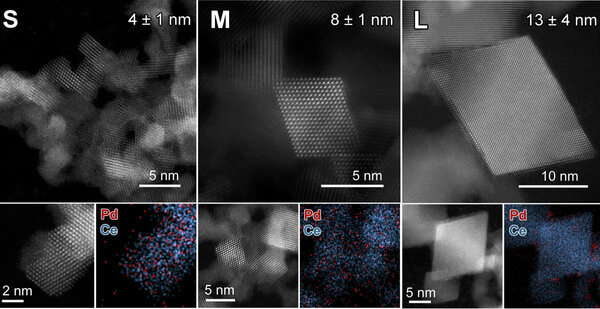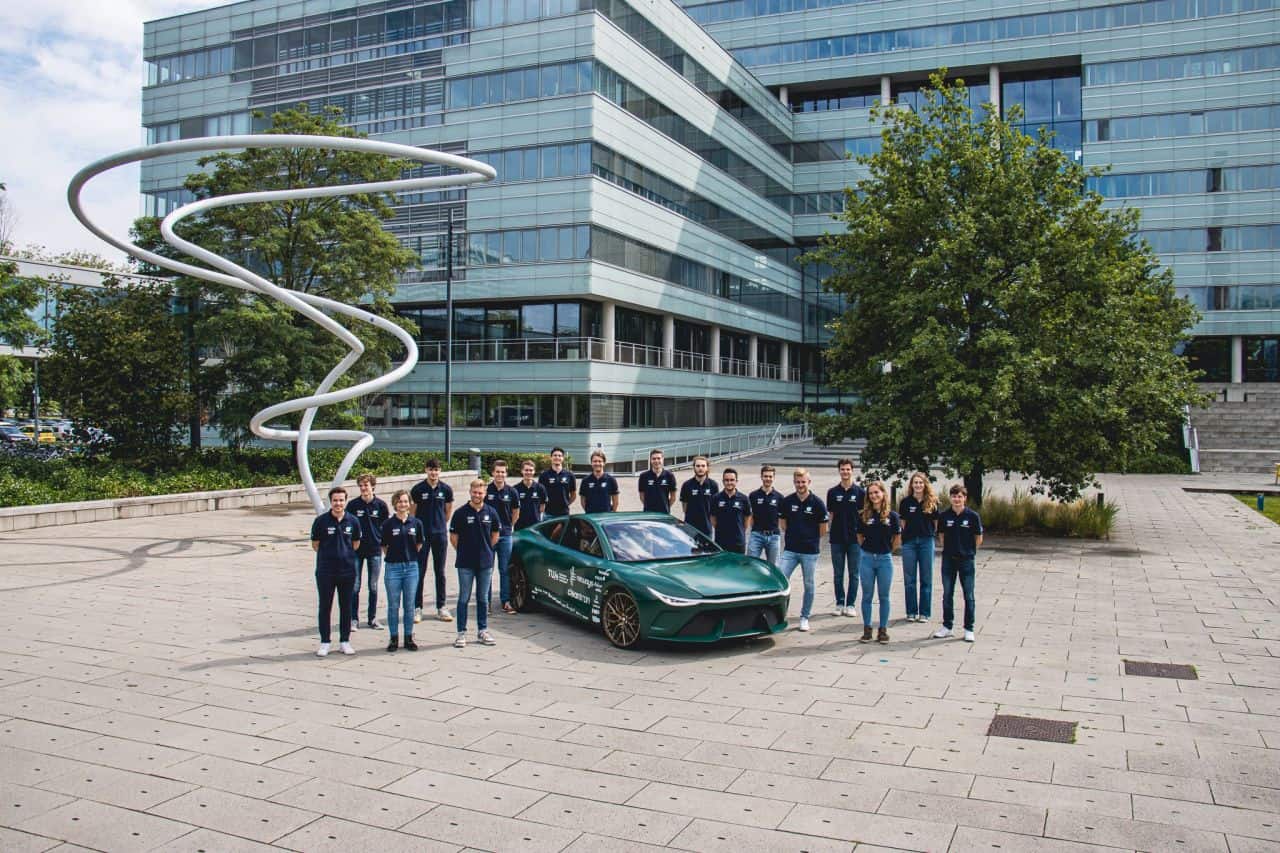
Although passenger vehicle catalytic converters have been mandatory for over 30 years, there is still plenty of room for improvement. For instance, they only work correctly when the engine is sufficiently hot, which is not always true, especially with hybrid vehicles. Researchers from the Eindhoven University of Technology (TU/e) and the University of Antwerp have developed an improved catalyst that can properly purify exhaust gases even at room temperature. Their work is published in the journal Science on June 16th.
The so-called three-way catalytic converter in a car’s exhaust system consists of expensive materials and only works correctly when the exhaust gases have a temperature of several hundred degrees Celsius.
As a result, when you start your car or drive a hybrid car in which the petrol engine and electric motor alternate between driving the powertrain, the exhaust gases still contain toxic carbon monoxide. In a new Science article, scientists led by Emiel Hensen now show that by modifying the carrier material of the catalyst, it is possible to almost completely convert toxic carbon monoxide into carbon dioxide gas even at room temperature.
Noble needs
Automotive catalysts are made by depositing noble metals such as platinum, palladium, and rhodium on a substrate of cerium oxide, also known as ceria. However, noble metals are both rare and expensive. Therefore, researchers worldwide are working on methods to achieve the same or even better catalytic activity using fewer materials.
For example, in a previous paper, Hensen’s group at TU/e proved that dispersing the noble metal in the form of single atoms leads to not only a reduction in material use but under certain conditions, the catalyst also functions more efficiently.

Electron microscope images showing ceria crystals of palladium with different sizes (from small (S) to large (L).
New size view
In the PhD research project of lead author Valery Muravev, the researchers shifted their attention from the noble metal to the carrier material underneath (ceria in this case) to further improve the catalysts. They produced the ceria in different crystal sizes and deposited the noble metals as single atoms in the same step. Subsequently, they studied how well these combinations of materials bind an extra oxygen atom to carbon monoxide.
Small ceria crystals of 4 nanometers in size remarkably improved the performance of the noble metal palladium under cold start conditions in the presence of excess carbon monoxide. This improved performance could be explained by a higher reactivity of the oxygen atoms at smaller ceria crystal sizes. Under more conventional conditions, 8 nanometers was the optimal size of ceria crystals needed to reach a high catalytic activity at temperatures below 100 degrees Celsius.
Wider significance
This research shows for the first time that when developing catalysts, it pays to look not only at the noble metals that must do the work. In this case, varying the size of the particles that act as the carrier for the active materials offers an interesting new possibility to improve catalysts further and improve the efficiency and specificity of the chemical reactions. This is also important for developing processes to combine carbon dioxide from ambient air with green hydrogen to produce fuels or compounds for sustainable plastics.
Together with the British company Johnson Matthey, which produces catalysts for the automotive industry, the researchers will now further explore how to translate this finding into new products.
The paper
Valery Muravev, Alexander Parastaev, Yannis van den Bosch, Bianca Ligt, Nathalie Claes, Sara Bals, Nikolay Kosinov, Emiel J.M. Hensen, Size of ceria support nanocrystals dictates reactivity of highly-dispersed palladium catalysts, Science, (2023). DOI: 10.1126/science.adf9082.







